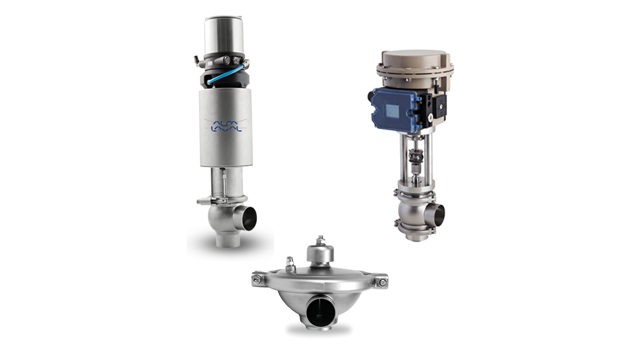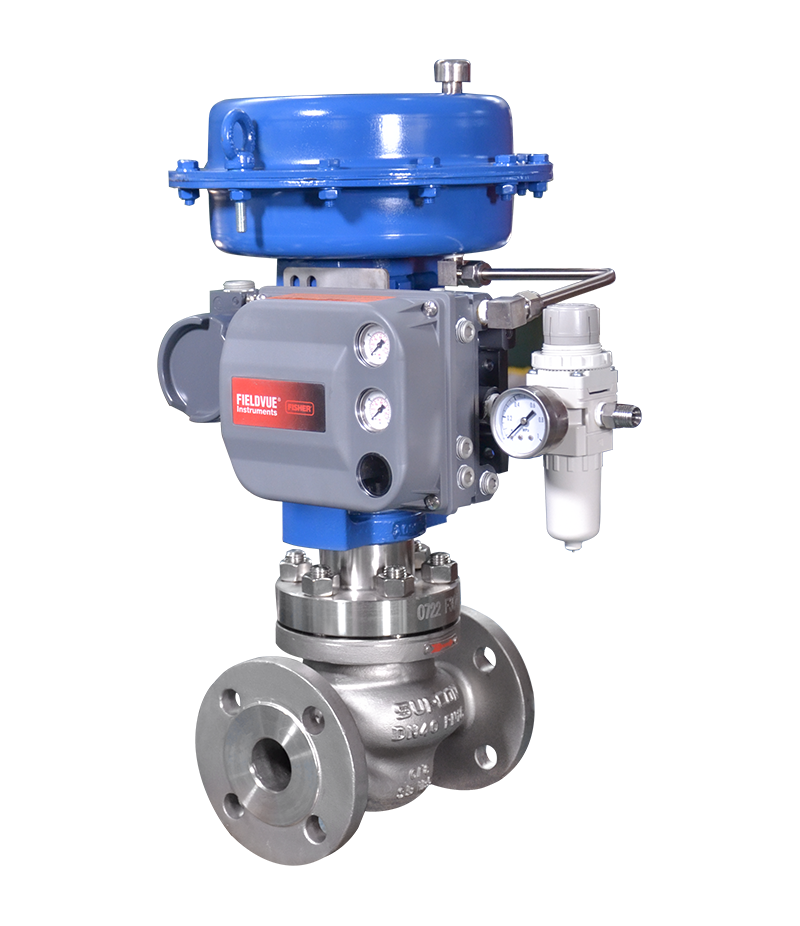Choosing the Right Control Valves: A Guide to Ideal System Efficiency
Choosing the Right Control Valves: A Guide to Ideal System Efficiency
Blog Article

Maximize Energy Cost Savings and Comfort With Advanced Building Automation Controls
In the realm of modern-day design and facility administration, the assimilation of advanced structure automation controls stands as an essential development. By using the power of automation, buildings can adjust, respond, and evolve in means that were when inconceivable.
Power Effectiveness Perks
Energy performance advantages can considerably reduce energy intake and operational costs in buildings. By implementing energy-efficient techniques and innovations, building owners and operators can accomplish significant cost savings while additionally adding to ecological sustainability. Among the primary benefits of enhancing power efficiency in buildings is the decrease of utility bills. Energy-efficient systems, such as sophisticated building automation controls, can optimize using sources like cooling, home heating, and illumination, bring about reduced power expenditures with time.
In addition, enhanced energy effectiveness can lengthen the life expectancy of building tools and systems. By operating extra efficiently, HVAC systems, lighting fixture, and other building parts experience less deterioration, causing minimized upkeep and replacement expenses. Additionally, energy-efficient buildings typically command higher building worths and rental rates, supplying lasting monetary benefits to owners.
Additionally, energy efficiency can enhance passenger comfort and productivity. Appropriately managed interior settings with optimal lighting and thermal problems produce a more positive and favorable workspace, causing improved worker contentment and performance. Overall, the power effectiveness advantages connected with innovative structure automation controls are multifaceted, encompassing price savings, environmental stewardship, and owner well-being.
Improved Convenience Control
Enhancing convenience control in structure settings requires an innovative assimilation of advanced automation systems for ideal owner wellness. By making use of sophisticated building automation controls, centers can customize the interior environment to satisfy the specific demands and preferences of residents. control valves.
Enhanced convenience control exceeds fundamental temperature adjustments. It includes attributes such as personalized settings, tenancy sensors, and natural light application to produce a responsive and vibrant setting. By incorporating these innovative controls, structures can not only boost comfort yet also improve power effectiveness by maximizing system operations based on actual tenancy and use patterns. Ultimately, prioritizing passenger convenience with sophisticated automation systems results in an extra pleasurable and much healthier indoor environment.
Functional Effectiveness Improvements

Additionally, the execution of real-time tracking and analytics tools enables structure operators to identify power inefficiencies and operational anomalies quickly. By continually monitoring energy usage patterns and system efficiency metrics, modifications can be made in real-time to optimize energy usage and make sure peak functional effectiveness. control valves. Furthermore, including demand response methods right into structure automation controls can better boost functional effectiveness by dynamically adjusting energy use based on try this website grid conditions and prices signals
Indoor Climate Optimization
Efficient interior environment optimization is an essential aspect of building automation controls, ensuring residents' convenience and well-being while maximizing energy financial savings. By making use of sophisticated sensing units and controls, constructing automation systems can continually readjust and keep an eye on temperature level, moisture levels, air quality, and air flow to develop an optimal indoor environment. Maintaining comfortable and regular conditions not just boosts occupant contentment yet also enhances performance and general wellness.
Interior environment optimization also plays a critical role in power efficiency. By fine-tuning ventilation, air conditioning, and home heating systems based upon real-time data and tenancy patterns, constructing automation controls can dramatically lower power usage - control valves. Applying methods such as demand-controlled air flow and thermal zoning can help reduce power waste while making certain that each straight from the source area of the structure gets the needed conditioning.

Lasting Atmosphere Production
Building automation manages not just maximize interior climate conditions for energy effectiveness and owner convenience however likewise lay the structure for producing a lasting setting through strategic monitoring of sources and systems. By incorporating innovative structure automation innovations, such as sensing units, actuators, and smart software, facilities can adjust and keep an eye on power usage in real-time to reduce waste and decrease their carbon footprint. These systems allow predictive upkeep, determining prospective problems before they rise and optimizing devices efficiency to improve durability and performance.
Moreover, sustainable environment development prolongs past energy administration to encompass water preservation, waste reduction, and indoor air quality renovation. Structure automation controls can control water usage, find leakages, and make certain appropriate waste disposal methods, contributing to general sustainability efforts. Furthermore, by regulating and monitoring air flow and filtration systems, these innovations boost occupant wellness and efficiency while decreasing power intake connected with cooling and heating procedures.
Verdict
In verdict, advanced structure automation controls deal considerable advantages in regards to energy cost savings, comfort control, operational efficiency, interior environment optimization, and creating a sustainable environment. By implementing these controls, structures can attain optimal performance while reducing energy usage and boosting occupant comfort. It appears that using advanced automation modern technology is crucial in boosting building performance and site web producing an extra lasting future.
Power efficiency benefits can significantly decrease power usage and operational expenses in buildings. On the whole, the energy efficiency benefits connected with sophisticated building automation controls are diverse, incorporating expense savings, environmental stewardship, and resident wellness.
Furthermore, incorporating demand response approaches into building automation controls can further improve operational performance by dynamically adjusting energy usage based on grid conditions and prices signals.
Building automation manages not only maximize interior environment problems for power efficiency and occupant comfort yet likewise lay the structure for producing a sustainable environment with tactical management of systems and resources.In conclusion, progressed structure automation regulates offer significant advantages in terms of power financial savings, convenience control, operational effectiveness, indoor environment optimization, and producing a lasting environment.
Report this page